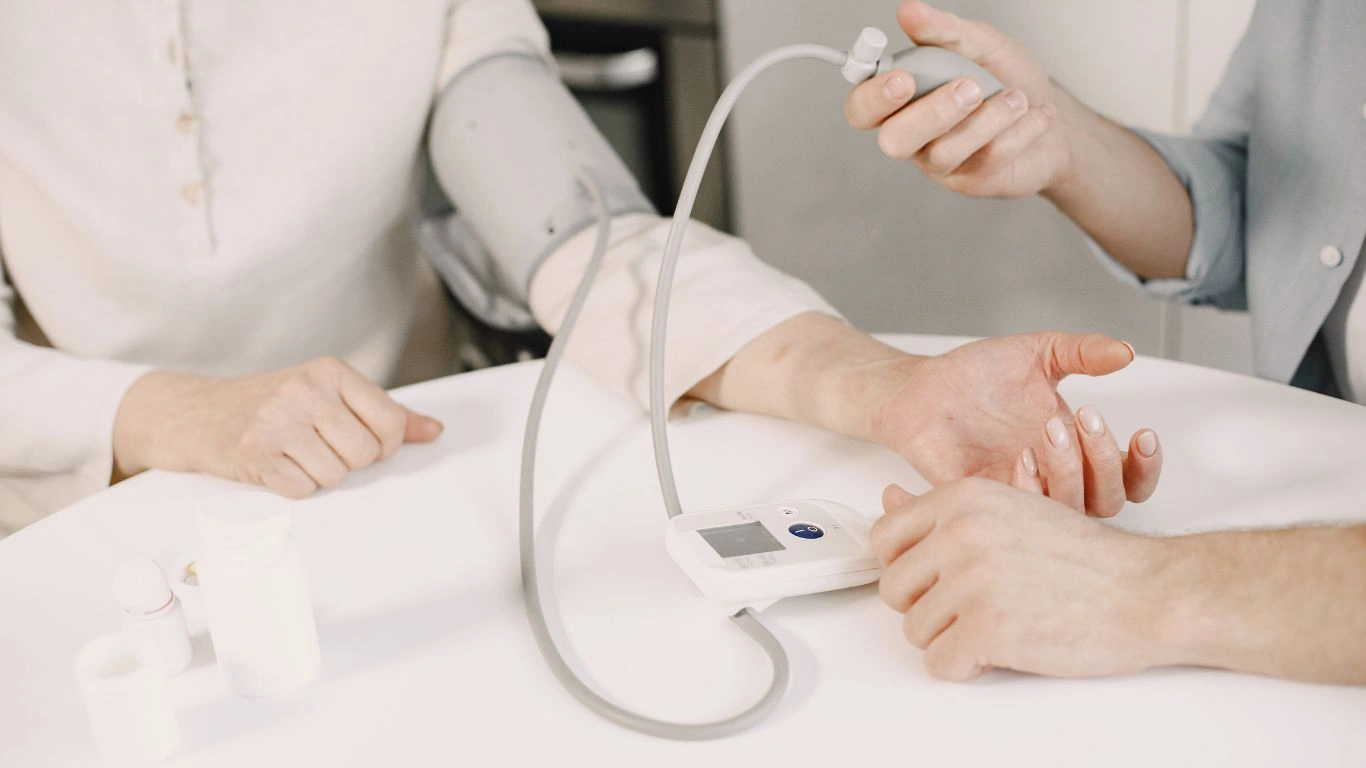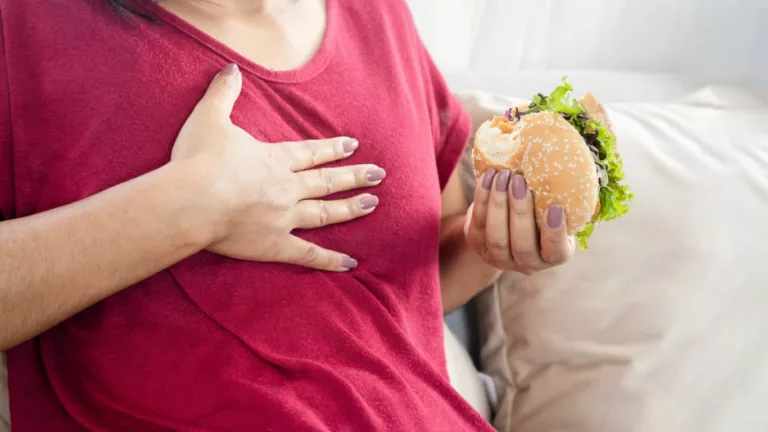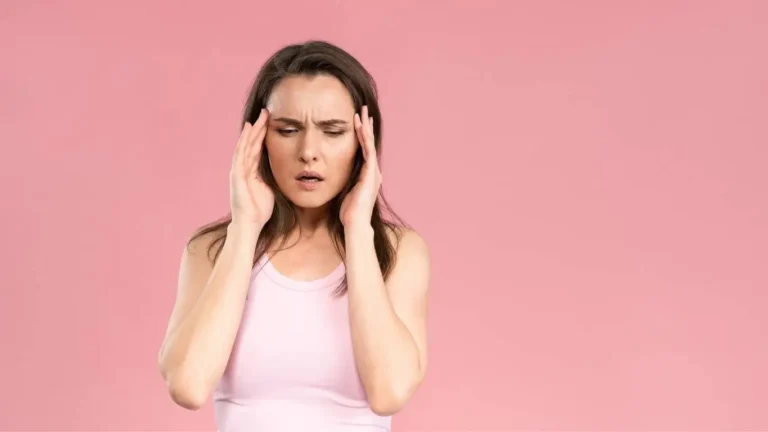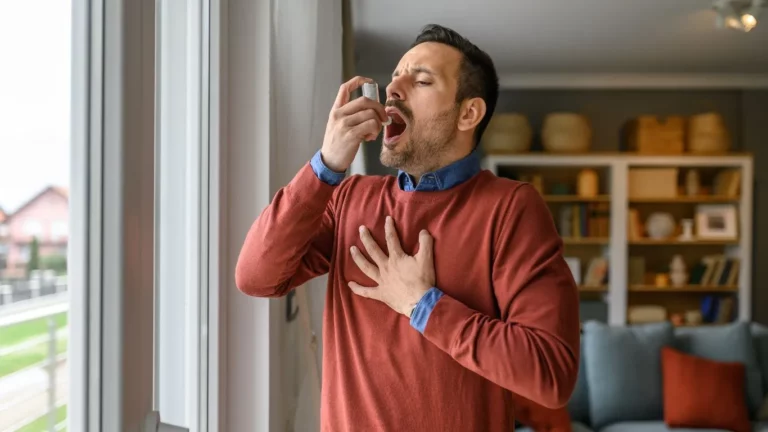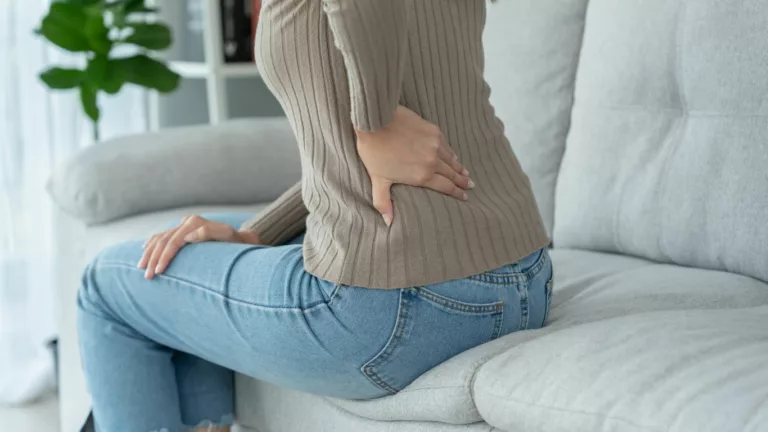Safe Ways to Detox with Hypertension That Actually Work
Let’s be honest—“detox” is one of those buzzwords that gets thrown around so often, it’s lost a bit of its meaning. And if you’re like many of my patients managing hypertension, you might be wondering if detoxing is even safe for you in the first place. The short answer? It absolutely can be—if you do it the right way. In this article, I’m breaking down safe ways to detox with hypertension, based not just on science but also on what I’ve seen work (and not work) in my years of treating real people with high blood pressure.
Why Detoxing Is a Bit Different When You Have Hypertension

Before we dive into any detox tips, let’s be clear about one thing: having high blood pressure means your body is already working harder than it should. So adding extreme or trendy detoxes into the mix—like juice fasts, long-term fasting, or heavy supplements—can actually backfire. I’ve had patients come to me after trying a “7-day cleanse” with sky-high readings, headaches, and fatigue. Not fun.
Here’s what makes detoxing with hypertension a unique challenge:
- Electrolyte imbalances from extreme cleanses can spike blood pressure.
- Rapid fluid shifts from diuretics or teas may increase cardiac stress.
- Low-sodium diets (good in theory) may become too restrictive if poorly planned, leading to dizziness or fatigue.
That’s why any detox plan has to be gentle, gradual, and above all—safe. And yes, it absolutely needs to include real food.
Safe Ways to Detox with Hypertension (Backed by Experience & Evidence)
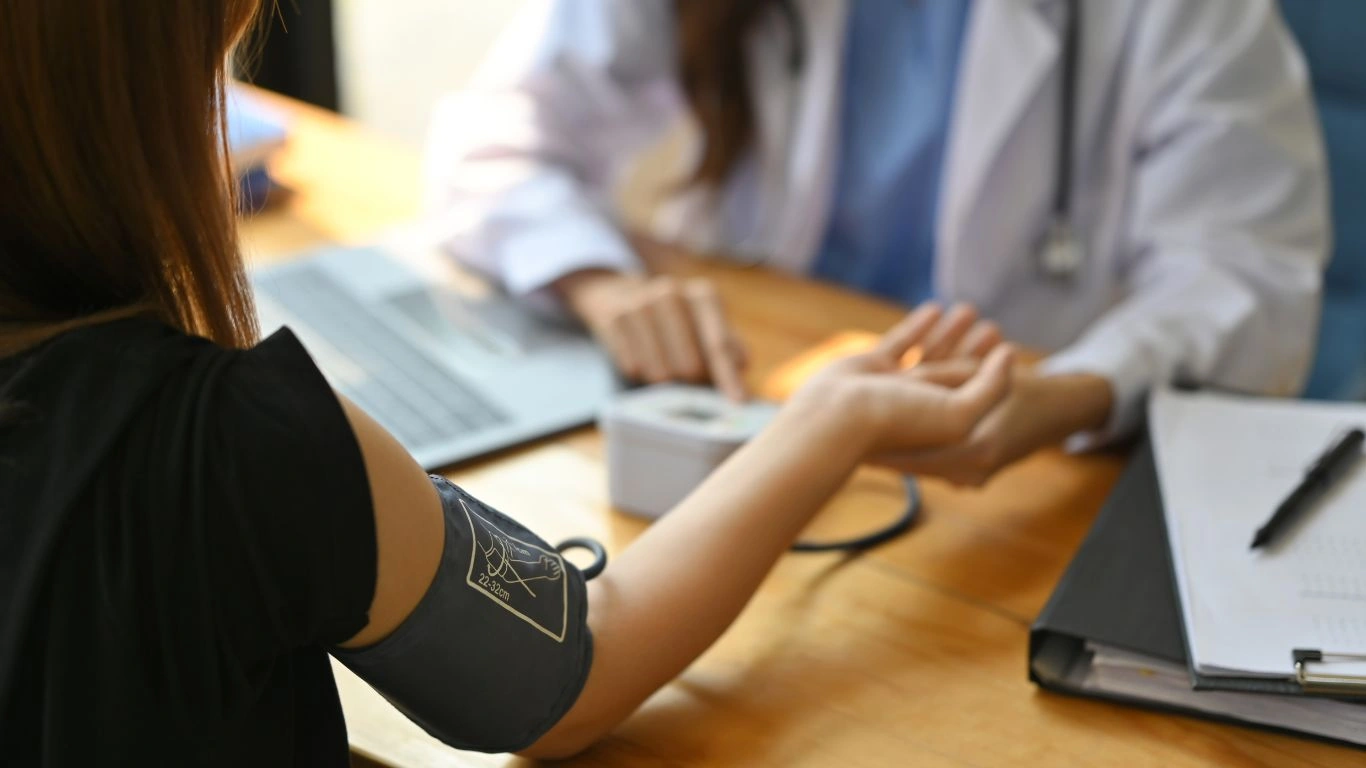
1. Prioritize Foods that Support the Liver and Kidneys
Forget starving yourself. The liver and kidneys do the bulk of your body’s detox work—so it makes sense to nourish them. When I talk with patients about detoxing safely, I always steer them toward foods that help these organs function optimally, not stress them out.
Some of my favorite go-to detox-friendly foods that support blood pressure as well:
- Beets – Help improve nitric oxide levels and liver enzyme function.
- Leafy greens (like spinach, kale, chard) – Rich in magnesium and potassium, both crucial for blood pressure control.
- Lemon water – Gently supports digestion and hydration first thing in the morning.
- Garlic – Natural blood pressure reducer and supports liver detox enzymes.
Pro tip from clinic life: I often suggest patients blend a small beet, some spinach, a squeeze of lemon, and a few slices of cucumber into a morning smoothie. It’s simple, natural, and safe—plus it tastes surprisingly good.
2. Hydration, But Make It Smart
We all know hydration is key to detoxing, but when you’re managing hypertension, it’s not just about how much water you drink—it’s also about what else you’re taking in. Some herbal detox teas act as diuretics, which can lead to fluid shifts and dips in potassium or sodium levels. Not ideal.
Instead, I usually recommend sticking with:
- Filtered water with lemon or cucumber slices
- Herbal teas like hibiscus or rooibos (both have mild BP-lowering effects)
- Coconut water (in moderation) for a natural electrolyte boost
One patient of mine started sipping hibiscus tea daily, and after a few weeks we noticed a modest but consistent drop in her systolic pressure—plus, she loved the taste.
3. Sweat Gently, Not Excessively
Yes, sweating is a natural detox pathway. But extreme hot yoga, saunas, or bootcamps? Not the best idea if your blood pressure tends to run high. I’ve seen patients try to “sweat it out” with aggressive workouts and end up dizzy or with post-exercise spikes in BP. Your body doesn’t need that stress.
Here’s what I usually recommend instead:
- Daily brisk walking – Ideally 20–30 minutes, even broken up into chunks.
- Gentle yoga or stretching – Helps lower cortisol, which plays a role in BP.
- Low-intensity cycling or swimming – Boosts circulation without the pressure spikes.
From my own experience, a patient once said walking her dog twice a day was the “best medicine” she ever got from me—and her blood pressure readings totally agreed.
Watch Out for These “Healthy” Detox Pitfalls

4. Skip the Sketchy Supplements
I cannot stress this enough—please be cautious with over-the-counter detox pills or powders. Many of these contain stimulants, laxatives, or unregulated herbs that can seriously mess with blood pressure. I’ve had more than one patient end up in the ER after taking “natural” detox pills they bought online.
Always check with your doctor or pharmacist before adding anything new—especially if you’re already taking antihypertensives. Even something as seemingly innocent as green tea extract can interact with certain medications.
Instead of powders and pills, trust your plate. Real, whole foods are still the most effective and sustainable way to detox safely—no side effects included.
Detoxing Through Better Sleep and Stress Support
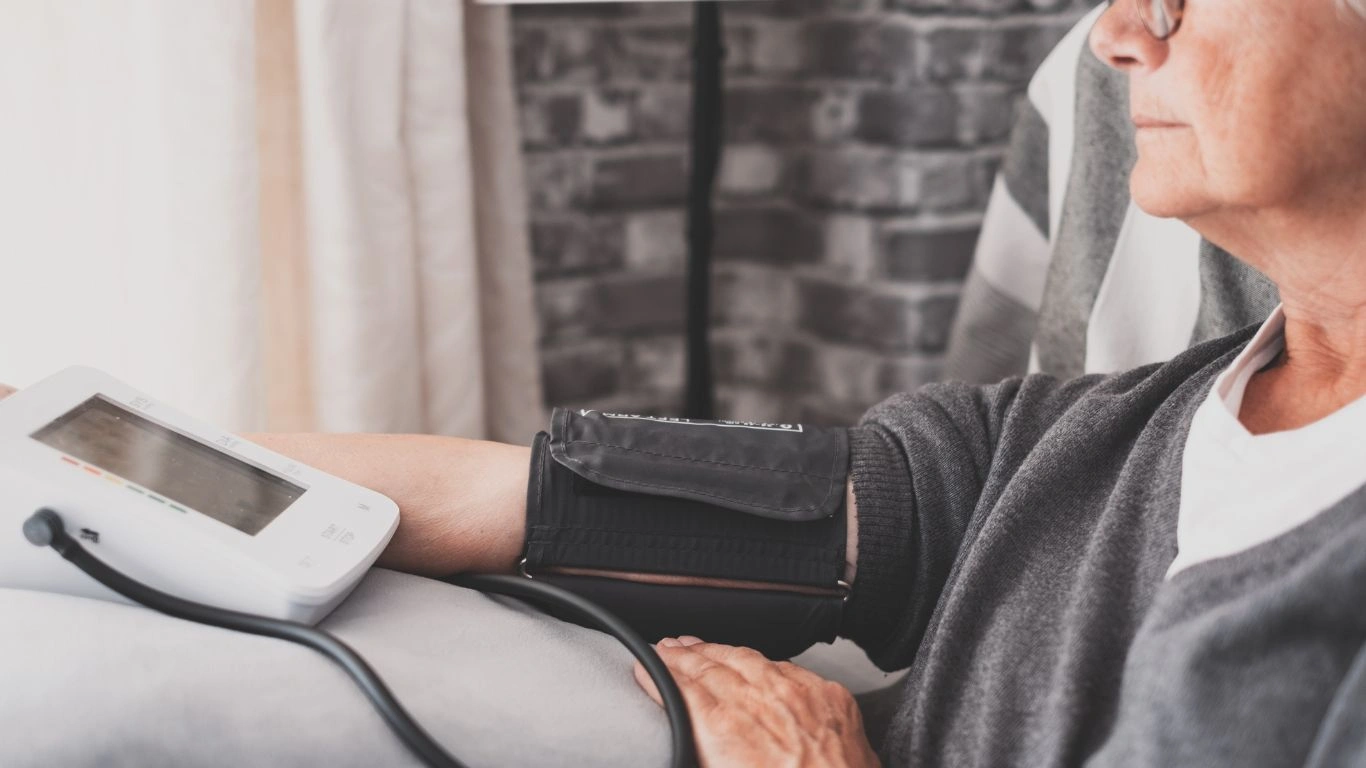
Now here’s a piece of advice I find myself repeating all the time: your body detoxes best when you’re asleep. It’s not glamorous, but it’s the truth. And yet, this is the one piece most people overlook. I can’t count how many patients tell me they want to “cleanse their system” while running on five hours of sleep, night after night. That’s like trying to clean your kitchen without turning the lights on.
Quality sleep helps regulate everything—from cortisol (your stress hormone) to blood pressure to insulin levels. And guess what? It’s also when your liver ramps up its detoxifying superpowers.
Simple sleep-supporting habits I often recommend:
- Stick to a wind-down ritual – A warm bath, magnesium-rich tea (like chamomile), and no screens 30 minutes before bed.
- Limit evening salt and caffeine – Too much sodium late in the day can elevate nighttime BP and disrupt sleep quality.
- Go to bed before midnight – The earlier sleep window is when detox hormones like melatonin and growth hormone peak.
One of my patients—a night-shift nurse—made a few tweaks to her sleep hygiene and saw her systolic pressure drop 10 points in just under three weeks. All from better sleep. No gimmicks, no pills.
Daily Detox Habits That Don’t Require a Diet Overhaul
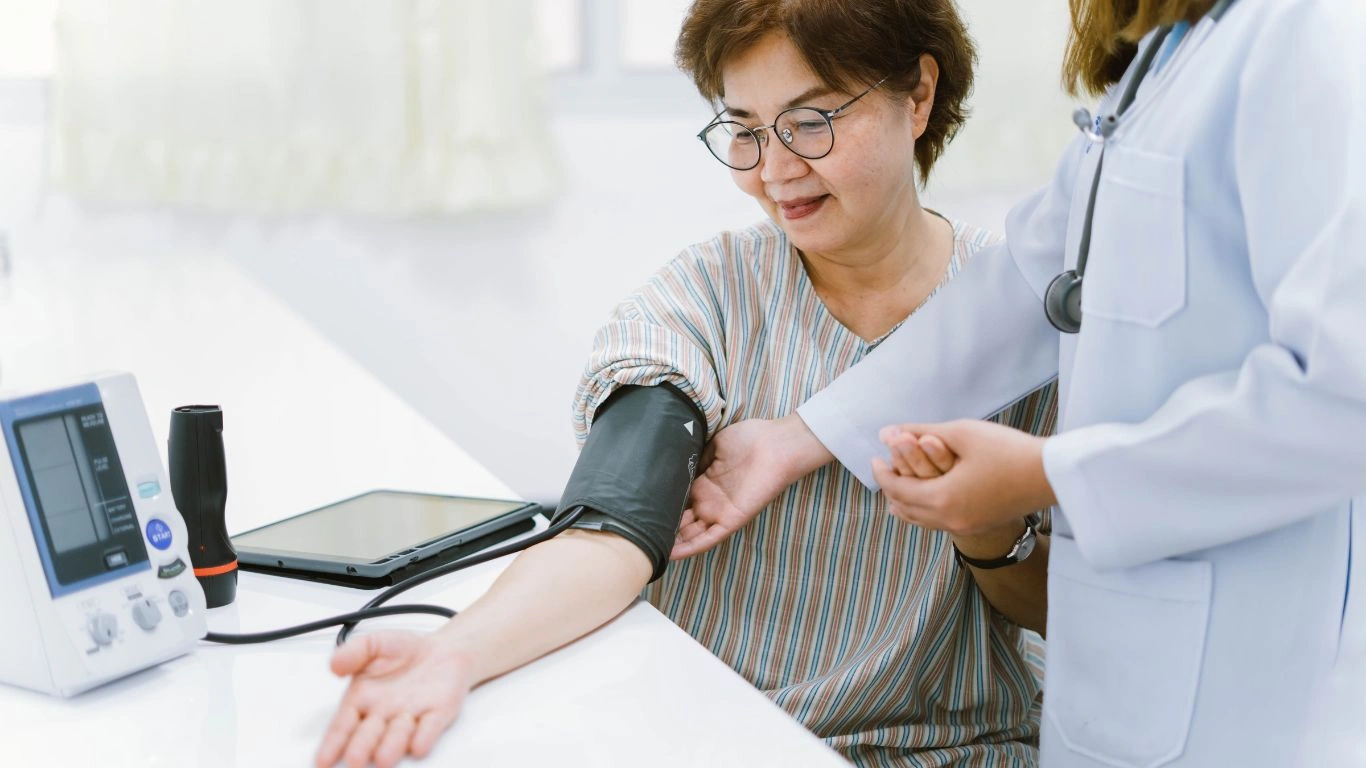
You don’t need to flip your entire diet upside down to start detoxing safely. In fact, I always tell my patients: small changes done consistently beat the perfect plan done once. Especially when managing hypertension, slow and steady truly wins the race.
Here are a few easy-to-stack habits that quietly support detoxification and healthy blood pressure:
- Start your morning with warm water + lemon. This wakes up your digestive system and encourages hydration from the get-go.
- Add 2 tablespoons of ground flaxseed daily. It helps bind toxins in the gut and move them out—plus it’s rich in fiber and omega-3s.
- Use olive oil as your default fat. It’s anti-inflammatory and supports gallbladder and liver function.
- Get morning sunlight to anchor your circadian rhythm. This supports better sleep (see above), which helps your detox organs recover overnight.
These aren’t “detox tricks”—they’re just smart, sustainable habits that I’ve seen help real people. The kind of stuff that works for the long haul.
Gut Health and Hypertension: A Connection Worth Exploring
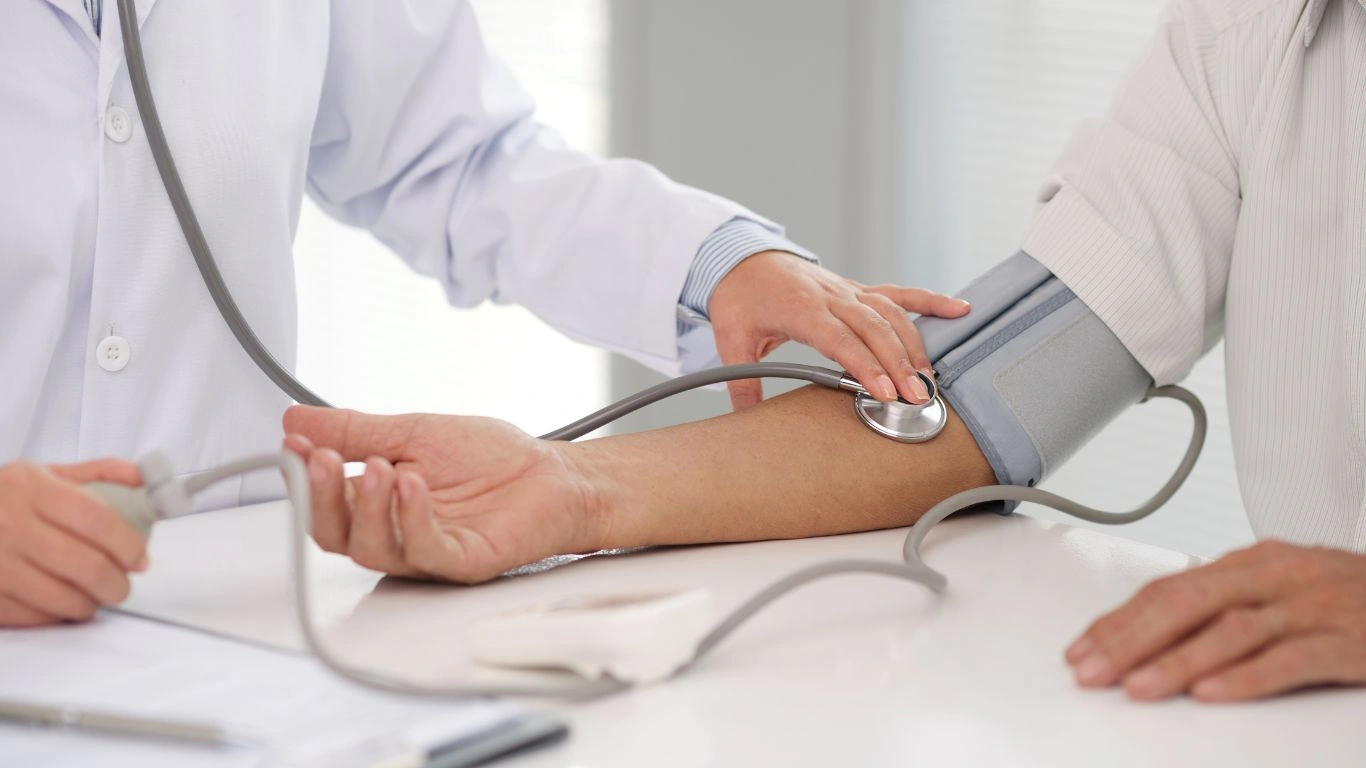
Let’s talk guts—literally. Your gut plays a surprising role in detoxification, immune regulation, and, yes, blood pressure. There’s growing evidence connecting gut microbiome diversity to hypertension outcomes. I’ve seen this firsthand in patients who clean up their diet and suddenly start needing lower doses of their meds. Coincidence? Probably not.
How I guide patients to support gut health (and detox) without going overboard:
- Eat a variety of plant-based fibers – Aim for 25–30g a day. Think lentils, oats, berries, broccoli.
- Add fermented foods regularly – A spoon of sauerkraut, kimchi, or a cup of kefir can work wonders over time.
- Stay away from gut-disruptors – Ultra-processed foods, artificial sweeteners, and alcohol can reduce microbial diversity and slow down detox pathways.
I once had a patient who started including fermented veggies with dinner every night. Within weeks, she reported better digestion, more energy, and interestingly—her blood pressure readings became more stable throughout the day.
The Role of Gentle Intermittent Fasting—Done Smartly
Now I know fasting is trendy, and yes—it can have benefits. But when it comes to safe ways to detox with hypertension, it needs to be approached with a lot of care. I don’t recommend aggressive fasting windows for most of my hypertensive patients. But gentle intermittent fasting—like a 12-hour overnight fast—can be helpful without causing stress to the system.
What I often suggest:
- Try a 12:12 window first – For example, eat between 8am and 8pm, and fast overnight.
- Focus on nourishing meals during your eating window – Include protein, fiber, and healthy fats to keep blood sugar (and BP) stable.
- Always stay hydrated during fasting periods – A little sea salt or electrolyte water in the morning can help with lightheadedness.
One of my long-time patients tried a 12:12 fast, combining it with a high-fiber breakfast and an earlier dinner. Not only did her digestion improve, but she also started seeing fewer BP spikes after meals.
Listening to Your Body: The Most Underrated Detox Tool
This might sound cliché, but honestly, one of the best things you can do for your health—especially if you’re managing high blood pressure—is to listen to your body. We’ve gotten so used to outsourcing health advice to apps, influencers, and trends, that we forget our bodies are constantly giving us feedback.
If you feel dizzy, fatigued, or irritable during a detox, that’s your body saying “Hey, slow down!” A proper detox should make you feel lighter, clearer, and more energized—not worse.
More than once, I’ve had to convince a patient to stop a detox program they saw online. And guess what? The moment they went back to real food, hydration, and rest, they felt 100% better.
Detoxing safely with hypertension isn’t about discipline or restriction—it’s about partnership with your body. That’s what works. And that’s what lasts.
Creating a Sustainable Detox Lifestyle with Hypertension
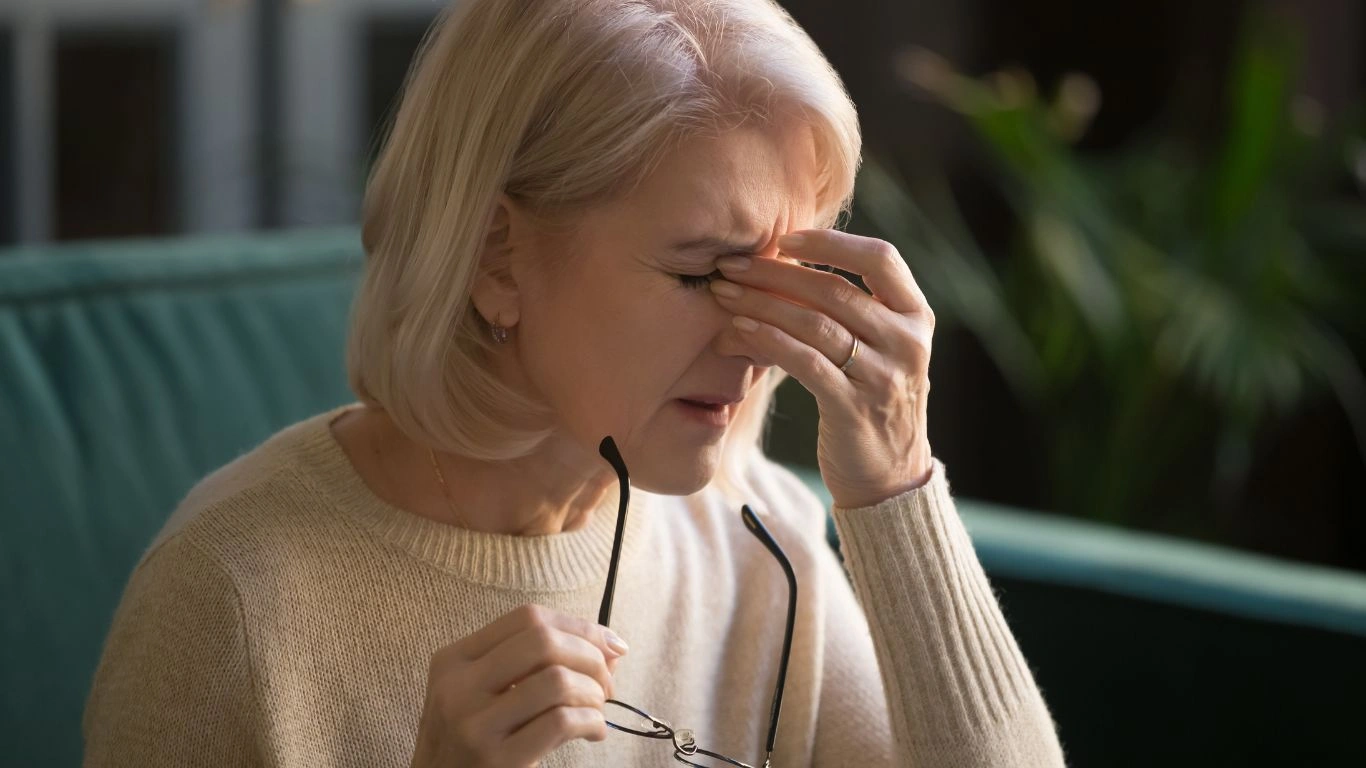
If you’ve made it this far, you probably realize that the safest and most effective way to detox with hypertension isn’t about a quick fix—it’s about creating a lifestyle that supports your body day in and day out. And honestly, that’s the sweet spot. When you build daily habits that reduce toxic load, support your liver and kidneys, and calm your nervous system, detoxing becomes second nature—not a “thing” you do every January or after vacation.
As someone who has worked with hundreds of patients over the years, I can tell you this: the ones who succeed long-term are the ones who approach detox like a slow burn, not a flash fire. They build rhythms into their week, stay curious about how their body responds, and give themselves grace along the way.
Here’s what that sustainable detox lifestyle often looks like:
- Cooking most meals at home – Not gourmet, just real food without labels you need a translator for.
- Moving every single day – Doesn’t matter if it’s yoga, dancing in the kitchen, or a long walk—just move.
- Getting sunlight and sleep consistently – Free medicine, and completely underrated.
- Letting go of extremes – No need to juice fast or cut out every carb. Balance works best with hypertension.
One patient of mine used to start every January with a strict 21-day cleanse. Every single year. And by February, she’d feel worse. Eventually, we replaced that habit with small, consistent changes. A year later, her BP was down, her energy was up, and she said, “I feel human again.” That’s what sustainable detoxing should feel like.
The Mind-Body Connection in Detox & Blood Pressure

Here’s something I rarely saw mentioned in medical school but encounter in practice all the time: your mindset, your breath, your emotional state—they all play a role in both detox and blood pressure. The science is starting to catch up too. Chronic stress, poor emotional regulation, and even loneliness are now linked to increased inflammation and BP spikes.
I’ve had patients who made zero dietary changes but learned how to meditate or started journaling, and suddenly we’re seeing improvements in their numbers. It’s wild, but real.
Mind-body detox practices worth exploring:
- Box breathing – Breathe in for 4 counts, hold for 4, out for 4, hold again. Just five minutes can reduce sympathetic nervous system overdrive.
- Guided meditation – Apps like Insight Timer or Headspace are helpful starting points.
- Gratitude journaling – Jotting down 3 things you’re thankful for each day can shift your physiology, not just your perspective.
I had a lovely patient who swore her “gratitude walks” were the most powerful detox tool she had. No supplements. No plans. Just 15 minutes each evening reflecting on the good things in life. Her sleep improved, and her blood pressure followed suit.
How to Know If Your Detox Plan Is Actually Working
It’s tempting to judge a detox by weight loss, but with hypertension, that’s not always the best marker. You want to look at more holistic signs that your body is balancing itself out.
Look for these signs that your detox lifestyle is supporting—not stressing—your system:
- More stable blood pressure readings – Less spiking or dipping throughout the day.
- Improved digestion – Regular bowel movements, less bloating, better appetite regulation.
- Better sleep quality – Waking up rested, staying asleep longer.
- Clearer thinking and fewer crashes – That “fog” so many patients describe? It lifts.
- Feeling emotionally lighter – Less irritability, more resilience.
If you’re not seeing these things after a few weeks—or worse, if your BP is climbing or you feel worse—that’s your body telling you something isn’t working. And that’s OK. Just pivot gently.
Final Thoughts: My Take as a Physician (and Human)
To wrap this up, here’s what I’ll leave you with: safe detoxing with hypertension isn’t a secret method—it’s a mindset shift. It’s about tuning into your body instead of punishing it, feeding it real food, resting it deeply, and trusting that healing doesn’t have to be flashy to be powerful.
Over the years, I’ve seen so many patients try to “cleanse” their way to health using fads or force. But the ones who truly thrive? They build gentle, joyful rhythms that support their bodies—not just once a year, but every single day.
And if you’re reading this and thinking, “Where do I even start?”—start simple. A tall glass of lemon water. A walk outside. A plate full of colorful veggies. A good night’s sleep. That’s detoxing, done right.
References
- National Institutes of Health (NIH)
- Health.com
- Centers for Disease Control and Prevention (CDC)
- Mayo Clinic
Disclaimer
This article is for informational purposes only and is not intended as medical advice. Always consult your healthcare provider before starting any new health regimen, especially if you have hypertension or are taking prescription medications. Individual needs and responses can vary.

Dr. Gwenna Aazee is a board-certified Internal Medicine Physician with a special focus on hypertension management, chronic disease prevention, and patient education. With years of experience in both clinical practice and medical writing, she’s passionate about turning evidence-based medicine into accessible, actionable advice. Through her work at Healthusias.com, Dr. Aazee empowers readers to take charge of their health with confidence and clarity. Off the clock, she enjoys deep dives into nutrition research, long walks with her rescue pup, and simplifying medical jargon one article at a time.
